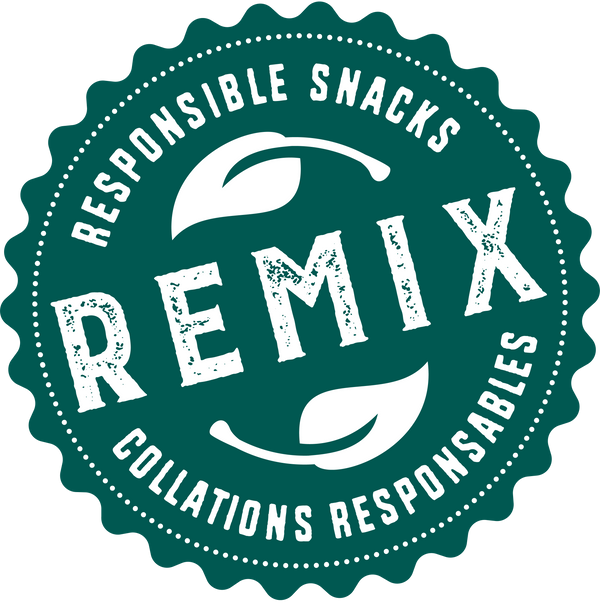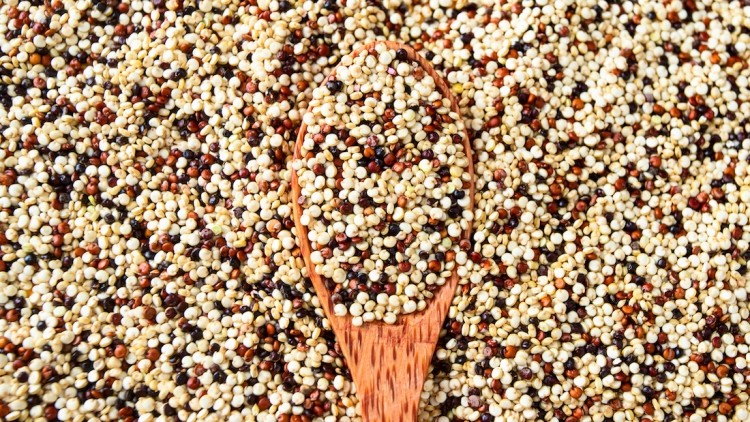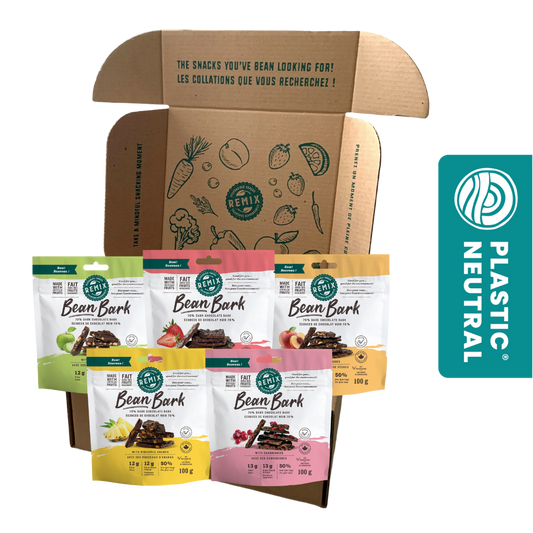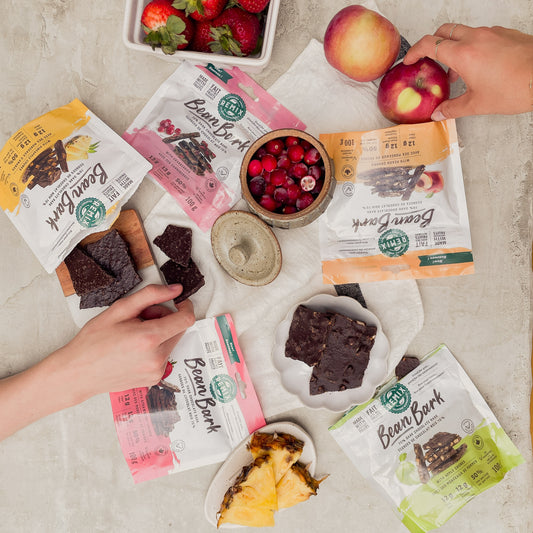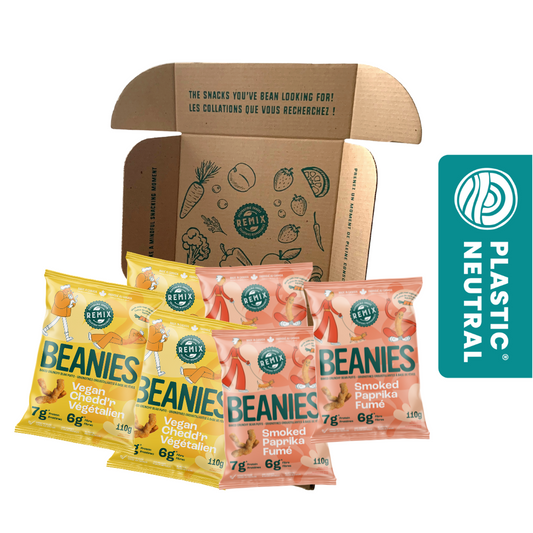Written by: Lauren Rotholz, December 2022
Grains have been a key part of the human diet for thousands of years (Klemm, 2022). Today, corn, wheat, rice and barley are the most widely produced grains (Shahbandeh, 2022). Over the years, there have been several “trending” whole grains. Over the last few years, the world has been focused on quinoa and its nutritional benefits. However, it seems that many are now directing their focus to sorghum, a grain that Vogue referred to as “the new quinoa” (Hartman, 2016). So, what’s the deal with sorghum?
What is sorghum?
Sorghum is a member of the Poaceae grass family, and originally comes from Northeastern Africa. It is usually grown in tropical and subtropical areas because it is able to survive in dry weather. Sorghum is used both as animal feed and as food for humans; but in Western countries it has typically been used to feed animals. Because sorghum has traditionally been eaten in less advantaged countries, it is sometimes referred to as the “poor people’s crop” (Xiong, 2019). However, this perspective is quickly changing, as people are showing more interest in the nutritional quality of sorghum.
Today, many varieties of sorghum exist worldwide. All varieties of this grain are made of three parts: the bran, germ and endosperm. The type of bran, which is the outer layer of the grain, affects its appearance and nutritional qualities. Sorghum varieties are classified into five different groups based on the color of their brain: yellow, red, brown, white and black (Xiong, 2019).

(https://lpi.oregonstate.edu/book/export/html/415)
Did you know that sorghum is a gluten-free cereal? This means that it’s safe for people with Celiac disease to eat.
Nutritional quality of sorghum
Sorghum is high in resistant starch, which can make it hard for our bodies to digest. It is also a source of protein, fibre and important vitamins and minerals. The main vitamins found in sorghum are B-complex vitamins, in particular thiamin and niacin. There are also some fat-soluble vitamins in sorghum, such as vitamin E and K (Xiong, 2019).
Sorghum is sold in three forms: grain, flour and syrup (Sorghum Checkoff, 2021). If you are wondering how the different forms of sorghum compare in nutritional value, check out this table:
|
Sorghum grain |
Sorghum flour |
Sorghum syrup |
|
|
Serving |
100 g |
100 g |
100 g |
|
Calories (kcal) |
329 |
359 |
290 |
|
Protein (g) |
10.6 |
8.4 |
0 |
|
Fat (g) |
3.5 |
3.3 |
0 |
|
Carbohydrates (g) |
72.1 |
76.6 |
74.9 |
|
Fibre (g) |
6.7 |
6.6 |
0 |
|
Iron (mg) |
3.4 |
3.1 |
3.8 |
|
Calcium (mg) |
13 |
12 |
150 |
|
Manganese (mg) |
1.6 |
1.3 |
1.5 |
|
Niacin (mg) |
3.7 |
4.5 |
0.1 |
|
Thiamin (mg) |
0.33 |
0.33 |
0.1 |
*Data from the Canadian Nutrient File codes 4432, 6190 and 4327 (Government of Canada, 2021)
Sorghum also has phenolic compounds, which are a type of compound produced by plant foods, including some cereals. These compounds are bioactive and are found mainly in the bran of the sorghum. Examples of phenolic compounds found in sorghum are phenolic acids, flavonoids and tannins. The presence of these phenolic compounds makes sorghum unique from other grains. Phenolic compounds have been shown to have antioxidant properties, and research has revealed that they may have health benefits. Sorghum intake has been linked to potential benefits for cancer, diabetes, cardiovascular and gut health (Xiong, 2019). Checkout the resources available on Sorghum Checkoff’s website for more information on this research and the potential benefits of sorghum!
Eating sorghum
Traditionally, sorghum is eaten steamed, boiled, baked or deep-fried. It is even used to make alcoholic beverages (Xiong, 2019). Today, it can also be found in packaged food items. It is even incorporated into some snack foods, like Beanies, which is Remix Snacks’ new product! This snack puff is made from mung bean flour, sorghum flour and upcycled dehydrated carrots.
Cooking sorghum
Rinse the sorghum with water in order to get rid of any unwanted materials. To cook this grain, use 3 cups of water for 1 cup of sorghum. Place the grain and water in a pot, and bring to a boil. You can even add a pinch of salt to the boiled water for some extra flavour. Then, simmer and let the sorghum cook for around 45 - 55 minutes. After removing the sorghum from the heat, let it stand for a few minutes for the best grain texture (Sorghum Checkoff, 2021) (Brown, 2018).
Stock or bouillon can also be used instead of water to cook sorghum. This can add more flavor to the sorghum!
Storing sorghum
It is important to store dry sorghum in a cool, dry area in order to preserve its freshness. By storing this grain in an airtight container, it can keep for between 6-12 months (Brown, 2018).
Is sorghum a sustainable crop?
Yes, sorghum is considered to be a sustainable crop. This is because compared to other grains, it needs less water and nutrients to grow (Stefoska-Needham & Tapsell, 2020). Sorghum can also be used as a source of bioenergy, which is a type of renewable energy. It has even been shown to be good for soil health, by helping to absorb carbon in the soil (Lamb et al., 2021).
The future for sorghum is bright, both for our nutrition and the environment.
References:
Brown, A. C. (2018). Understanding food: principles and preparation (Sixth Edition ed.). Cengage learning.
Ewing-Chow, D. (2022). Sorghum's revival goes against the Grain. Forbes. Retrieved December 9, 2022, from https://www.forbes.com/sites/daphneewingchow/2022/09/30/sorghums-revival-goes-against-the-grain/?sh=187befbf6f1c
Government of Canada. (2021). Canadian Nutrient File (CNF) - Search. https://food-nutrition.canada.ca/cnf-fce/index-eng.jsp
Klemm , S. (2022). Should we eat like our caveman ancestors? Academy of Nutrition and Dietetics. Retrieved December 9, 2022, from https://www.eatright.org/health/wellness/diet-trends/should-we-eat-like-our-caveman-ancestors
Lamb, A., Weers, B., McKinley, B., Rooney, W., Morgan, C., Marshall‐Colon, A., & Mullet, J. (2021). Bioenergy Sorghum’s deep roots: A key to sustainable biomass production on annual cropland. GCB Bioenergy, 14(2), 132–156. https://doi.org/10.1111/gcbb.12907
Shahbandeh, M. (2022, January 31). Grain production worldwide by type 2021/22. Statista. Retrieved December 9, 2022, from https://www.statista.com/statistics/263977/world-grain-production-by-type/
Sorghum Checkoff. (2021). Tips for Cooking. United Sorghum Checkoff Program. Retrieved December 9, 2022, from https://www.sorghumcheckoff.com/consumers/tips-for-cooking/
Stefoska-Needham, A., & Tapsell, L. (2020). Considerations for progressing a mainstream position for sorghum, a potentially sustainable cereal crop, for Food Product Innovation Pipelines. Trends in Food Science & Technology, 97, 249–253. https://doi.org/10.1016/j.tifs.2020.01.012
Xiong, Y., Zhang, P., Warner, R. D., & Fang, Z. (2019). Sorghum grain: From genotype, nutrition, and phenolic profile to its health benefits and food applications. Comprehensive Reviews in Food Science and Food Safety, 18(6), 2025–2046. https://doi.org/10.1111/1541-4337.12506
